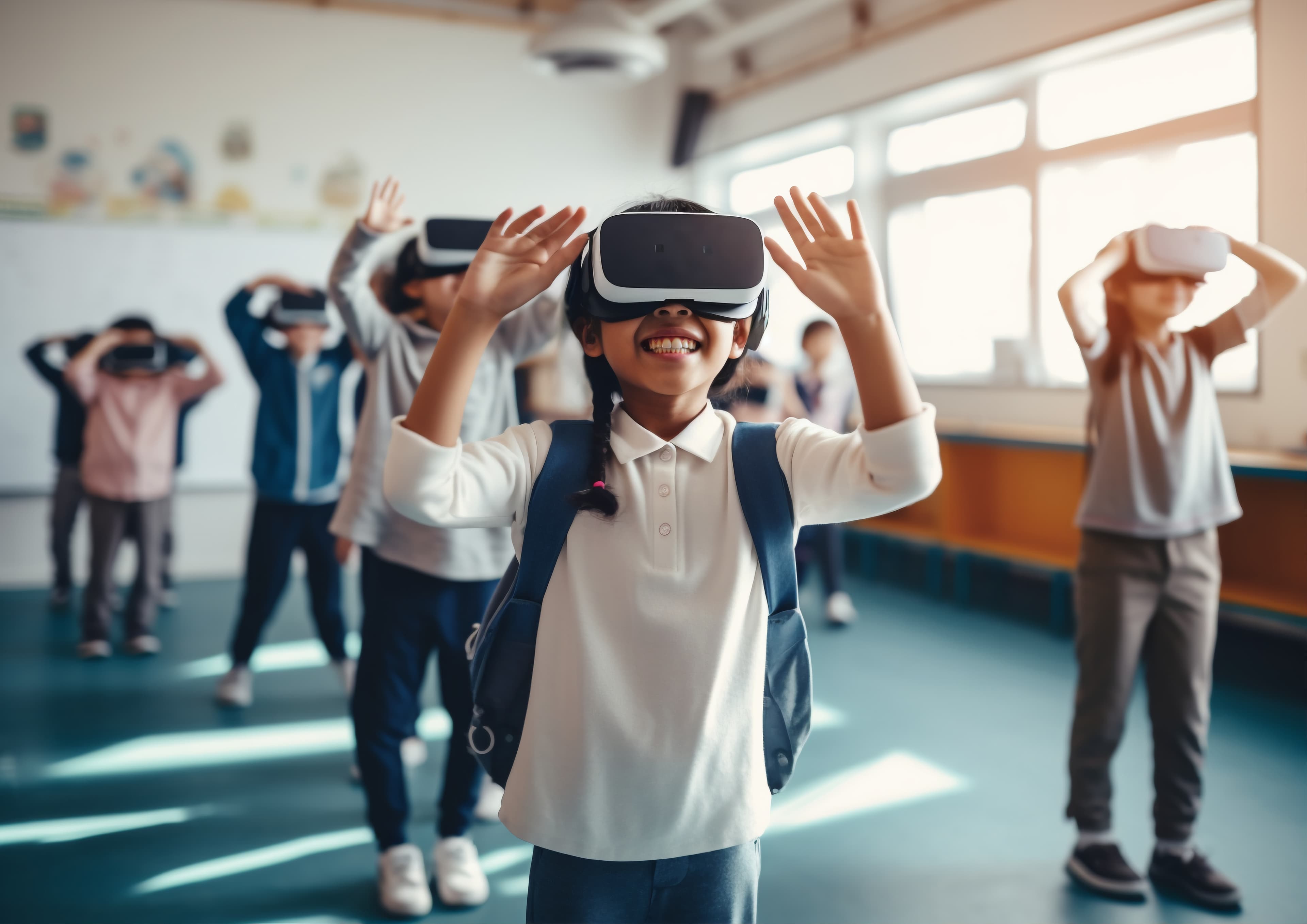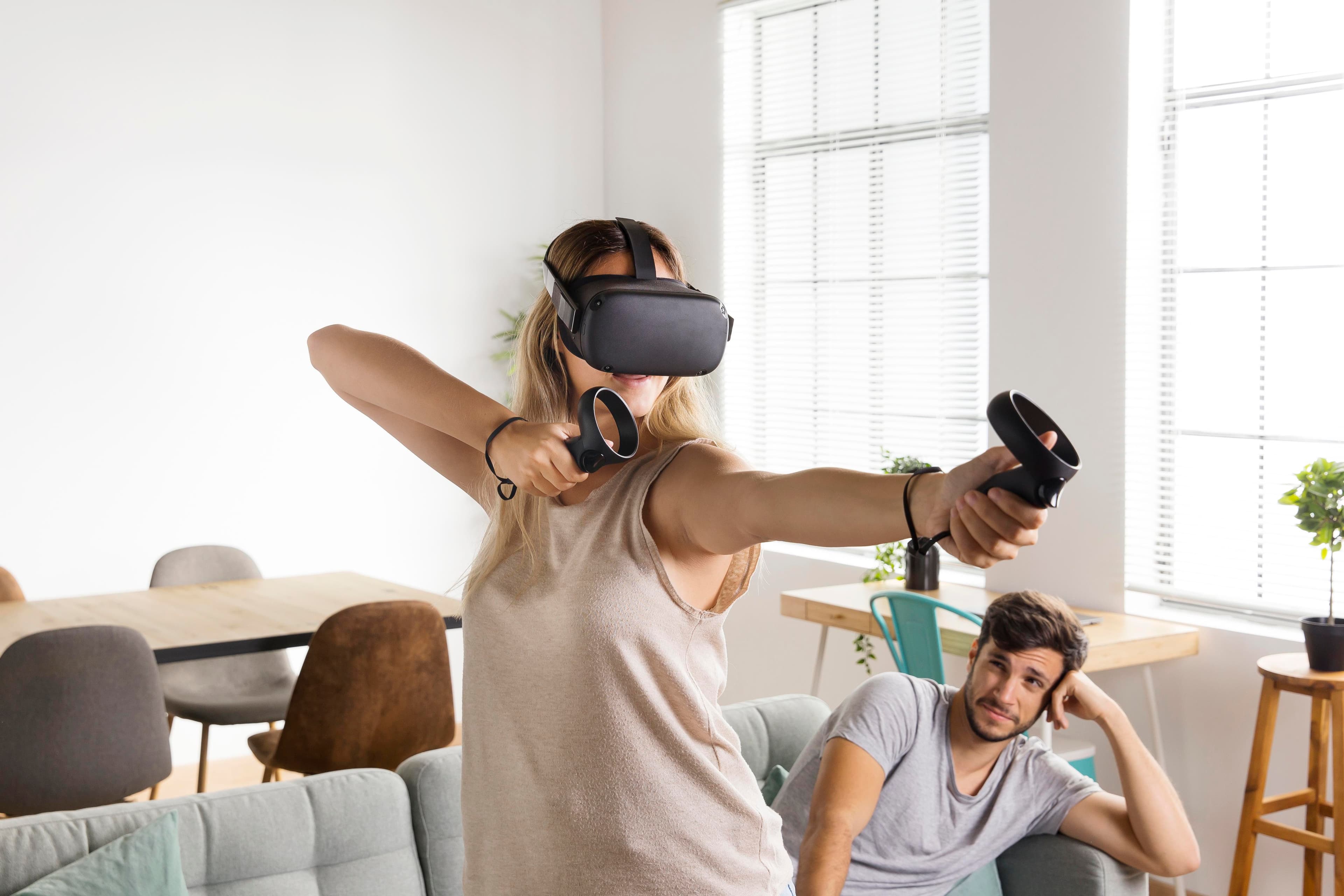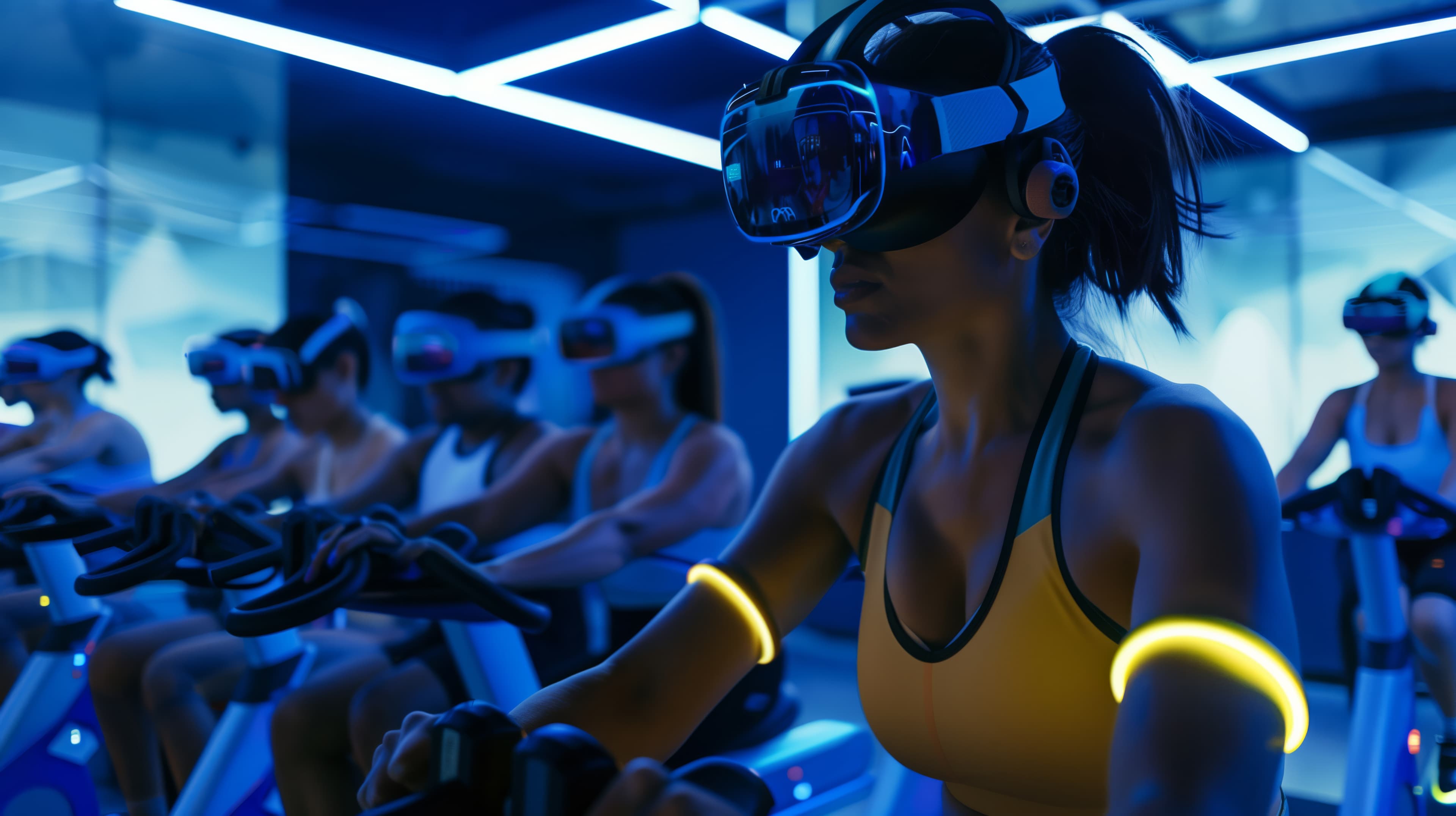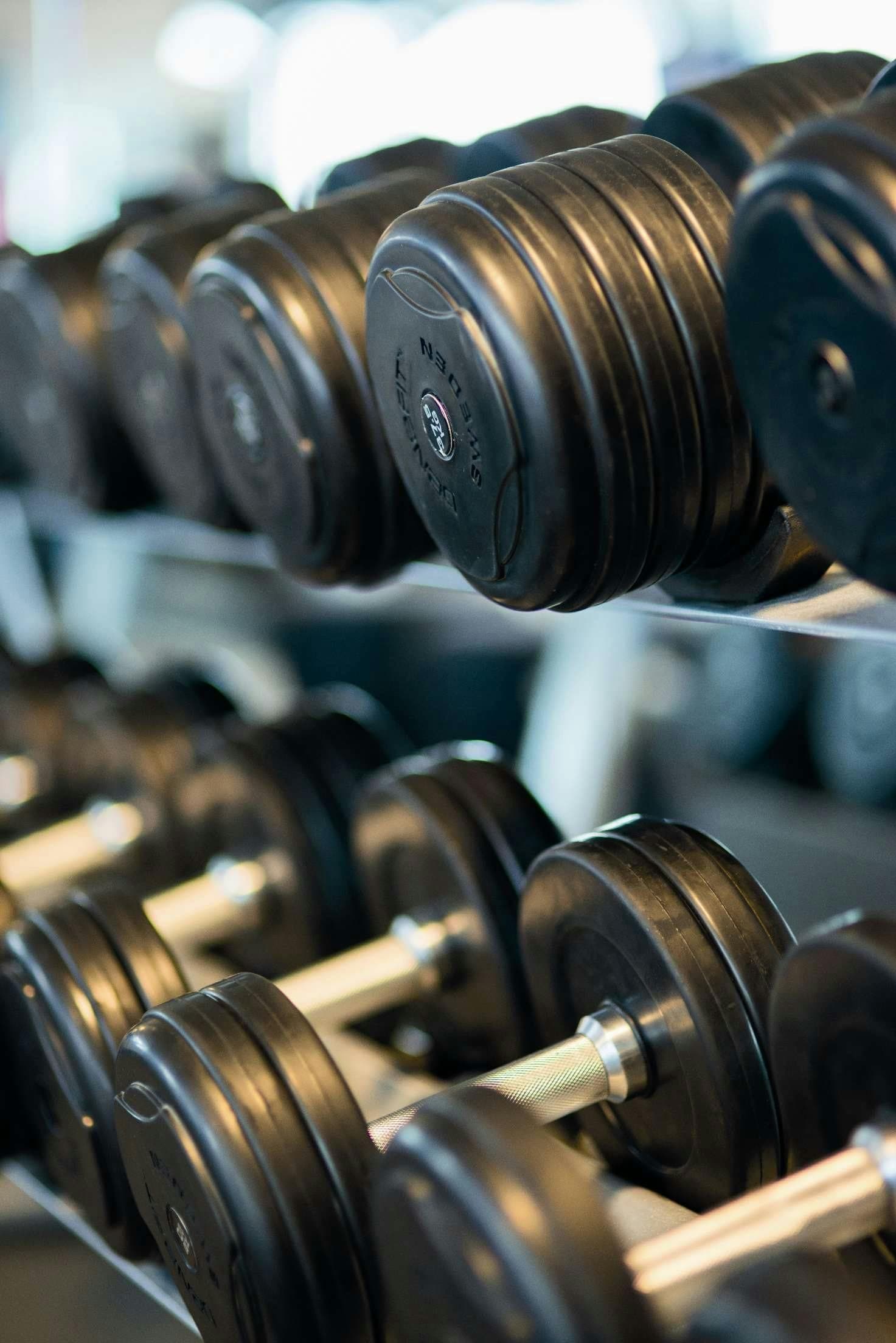Augmented Reality in Physical Education: Making Exercise More Interactive and Fun
In recent years, the intersection between technology and fitness has provided innovations that completely transform the way we exercise. One such emerging technology is Augmented Reality (AR), which is revolutionizing physical education by making workouts more interactive and enjoyable. But how exactly is AR being incorporated into physical exercise programs, and what are its potential benefits?
What is Augmented Reality?
Before we explore its application in fitness, it's important to understand what Augmented Reality is. Unlike Virtual Reality, which creates an entirely artificial environment, AR overlays digital elements onto the real world. This is done through devices such as smartphones, tablets, or specialized glasses that project virtual images and information onto the physical environment, creating a mixed experience that can be visually impactful and interactive.
Applications of AR in Physical Education

In physical education, AR has been used to create training experiences that not only motivate but also educate users about exercise techniques and proper body mechanics. For example, AR apps can project a virtual trainer into the user’s living room, demonstrating exercises and providing real-time feedback. This not only helps maintain the correct form during exercises but also makes the workout more engaging.
Motivation and Gamification
One of the biggest challenges in maintaining an exercise regimen is keeping motivated. Here, AR shines brightly by introducing elements of gamification into workouts. Apps can create visual goals, such as hitting virtual targets during a run, or completing challenges that appear along the user’s path. This approach transforms a monotonous activity into an exciting and rewarding experience, encouraging users to exercise more frequently and with greater intensity.
Benefits for Special Groups
AR also has significant potential to assist special groups, such as the elderly or those with reduced mobility. Customized AR programs can be developed to meet the specific needs of these groups, providing exercises that are safe, accessible, and tailored to their physical capabilities. Moreover, AR can be used to simulate outdoor environments, allowing people confined indoors to experience the sensation of being outside, which can significantly improve mental well-being.
Challenges and Future Considerations
Despite its many benefits, the implementation of AR in physical education still faces challenges. Accessibility and technology cost issues, as well as the need for compatible devices, can limit the availability of these innovative solutions for everyone. Additionally, there is a learning curve for both instructors and users in adapting to this new form of exercise.
However, as technology advances and becomes more accessible, it is likely that we will see even greater adoption of AR in physical exercise programs. The ability to make training more personalized, interactive, and fun could be the future of fitness.
In summary, Augmented Reality is not only changing the way we interact with the digital world but also how we stay physically active. With its nearly limitless possibilities, AR promises a new era of interactive and engaging fitness, motivating people of all ages to move more and in healthier ways. Now, let's explore some success stories and real-world applications of AR in physical exercise programs around the world.
Real Success Cases with Augmented Reality in Fitness

The incorporation of Augmented Reality in physical exercises is not just theoretical; many programs and apps are already showing impressive results. Let's explore some notable examples that illustrate the positive impact of AR in the world of fitness.
Zombies, Run! - Gamification of Running One of the most popular apps that uses AR is "Zombies, Run!" This game transforms a simple run or walk into an engaging survival game where the user needs to escape from zombies. The app uses stories and missions to encourage users to run faster and farther, incorporating audio elements that simulate a post-apocalyptic world. The augmented reality here is auditory, but the impact is profound, significantly boosting motivation and turning each run into an adventure.
Nike Reactland - Running in a Virtual World Nike created an AR experience called Reactland, where runners can test shoes in a virtual environment while running on a treadmill. Runners are transported to a colorful and interactive world, where they can run alongside avatars and overcome obstacles. This experience not only serves as an excellent marketing tool but also shows how AR can make treadmill workouts much more fun and engaging.
Mirror - The Personal Trainer at Home The Mirror is an innovative device that looks like a traditional mirror but is equipped with an interactive screen that displays the trainer and other workout data. Users can follow live or recorded classes with real-time feedback. The incorporation of AR elements in this device creates a personalized and extremely convenient workout experience, adaptable to any small space.
Psychological and Social Impact
Beyond the physical benefits, Augmented Reality in fitness also has a significant psychological and social impact. By making exercise a playful and social activity, AR can help reduce anxiety and depression, increasing social interaction, even if virtually. Groups of friends can compete or collaborate in AR challenges, creating a community around physical and mental well-being.
The Future of AR in Fitness
Looking to the future, Augmented Reality has the potential to become an integral part of all physical training programs. As AR technologies become more sophisticated and accessible, we can expect even more innovative developments. The customization of workouts will be deeper, with programs automatically adjusting the difficulty and type of exercise based on user progress and health.
Augmented Reality is set to change not just our workout routines but also our relationship with physical health. In a world where technology and well-being are increasingly intertwined, AR offers an exciting bridge between the virtual and the real, making physical activity a natural and appealing part of everyone's daily life.
Consolidating a New Era of Interactive Fitness

As we move towards an era of greater integration between technology and personal health, Augmented Reality is positioned to play a key role. It not only revolutionizes the way we train but redefines the relationship between physical effort and entertainment. By combining elements of games with physical exercises, AR captures the attention of those who might not otherwise be motivated, making exercise a pleasurable and engaging activity.
The Role of Developers and Instructors
For AR to reach its full potential in the field of fitness, ongoing collaboration between technology developers, fitness instructors, and psychologists is essential. Together, they can create exercise experiences that not only encourage regular physical activity but also promote a healthy and balanced lifestyle.
Developers need to continue to innovate and refine AR technologies, making them more precise, accessible, and immersive. Fitness instructors, in turn, must adapt to these new tools, integrating them into their training programs to provide personalized and effective experiences.
Ethical and Privacy Considerations
As with any emerging technology, the implementation of Augmented Reality in fitness also raises ethical and privacy concerns. The use of data collected during exercises, such as health information and movement patterns, must be managed with strict privacy standards. Additionally, it is crucial to ensure that these innovations are inclusive and accessible to all, regardless of age, ability, or socioeconomic status.
Conclusion
Augmented Reality is transforming the world of fitness, making it more dynamic, personalized, and, above all, fun. With the unlimited possibilities that AR offers, we are on the brink of a revolution in physical training, where 'working out' becomes an experience as engaging and rewarding as any interactive game. As this technology continues to evolve, the future of fitness looks not only brighter but also more interactive and accessible to all.
By adopting Augmented Reality, we are not only improving our physical capabilities but also enhancing mental well-being and quality of life, paving the way for a future where technology and health walk side by side.

